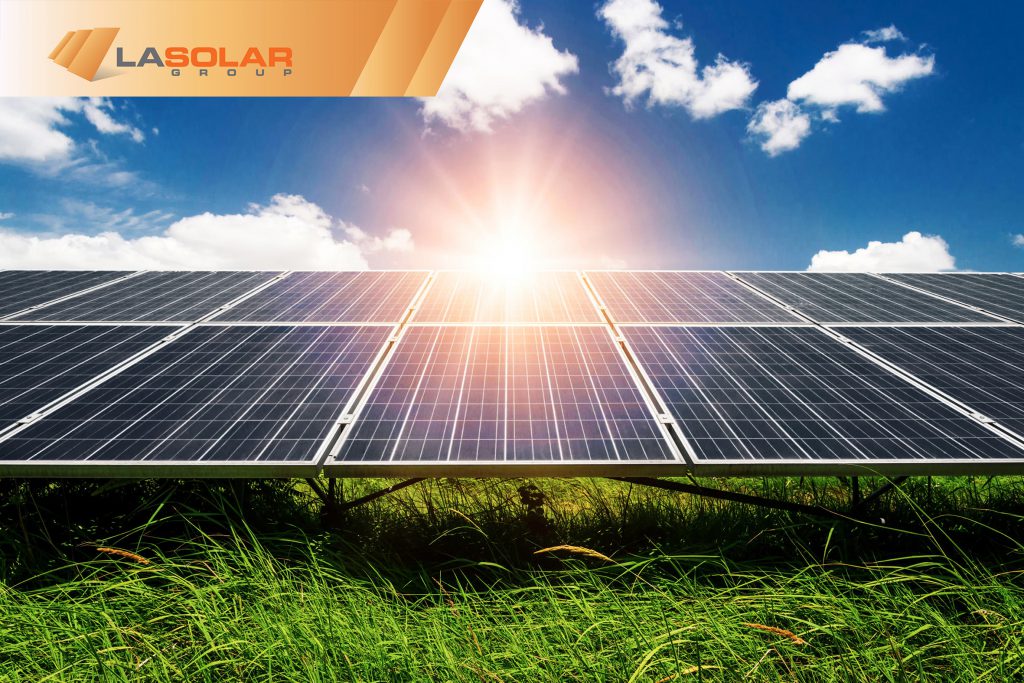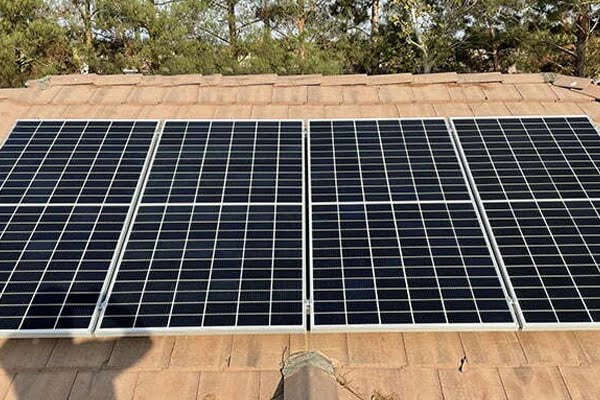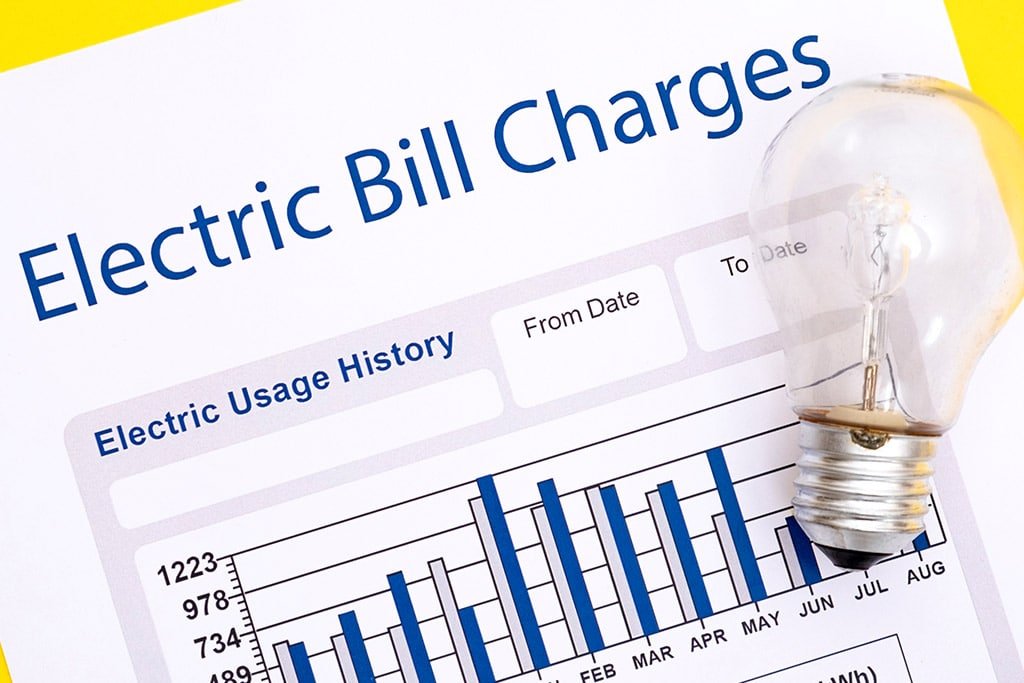The idea of storing energy has become a major topic of discussion in 2016. As technology for renewable energy advances, sustainable storage solutions appear to bring a whole new level of innovation to the energy market. As we enter 2017, affordable storage can result in more renewable power sources and create the opportunity for customers to become more energy independent by leaving the grid to be their own self-sustaining energy provider.
A couple years back, energy storage didn’t have financial validation. Although the idea of its design is to bring more independence to energy users, it didn’t make any financial sense. It wasn’t until utility companies began to design rate structures that can accommodate when customers use their energy. Battery storage allows homeowners to control how and when energy is distributed in the home so that they can better manage their consumption. Now with utilities accepting the fact that energy storage is trending among residential and commercial property owners, it’s become more economically feasible for them to put specific rate structures in place.
Initially, energy storage gained popularity with commercial buildings because such a property can use storage to get relief from high demand charges. The storage system captures energy during the low peak hours of the day then discharges it to the property at high peak hours when utility cost is most in demand and more expensive than the cost at low peak. Even utilities have began implementing storage capabilities to their infrastructure. Southern California Edison (SCE) for example, asked Tesla to build an 80 MWh (mega watts per hour) energy storage system to provide excess energy at specific times and occasions when an over load of demand is required..
A Peak Into The Future
As technology progress, costs will fall which in return will bring more affordability in the energy storage market. GTM Research estimates that 478 Mega Watts of energy storage in the United States will be built in 2017 and 2,045 Mega Watts by 2021.





